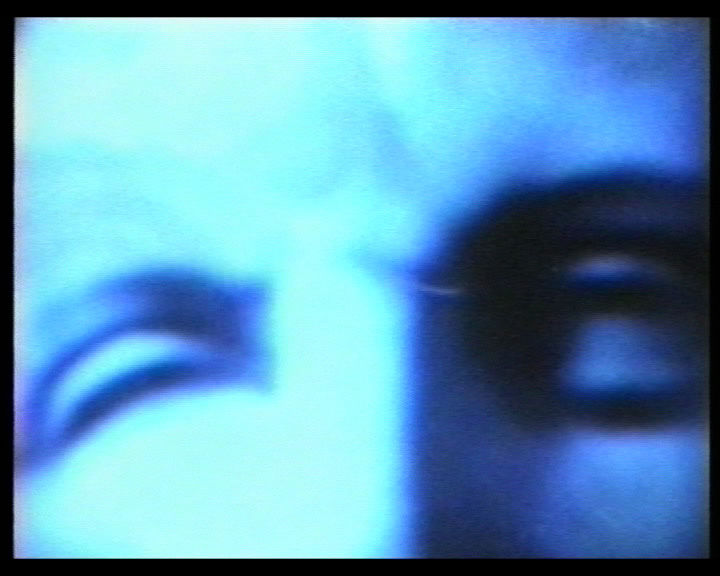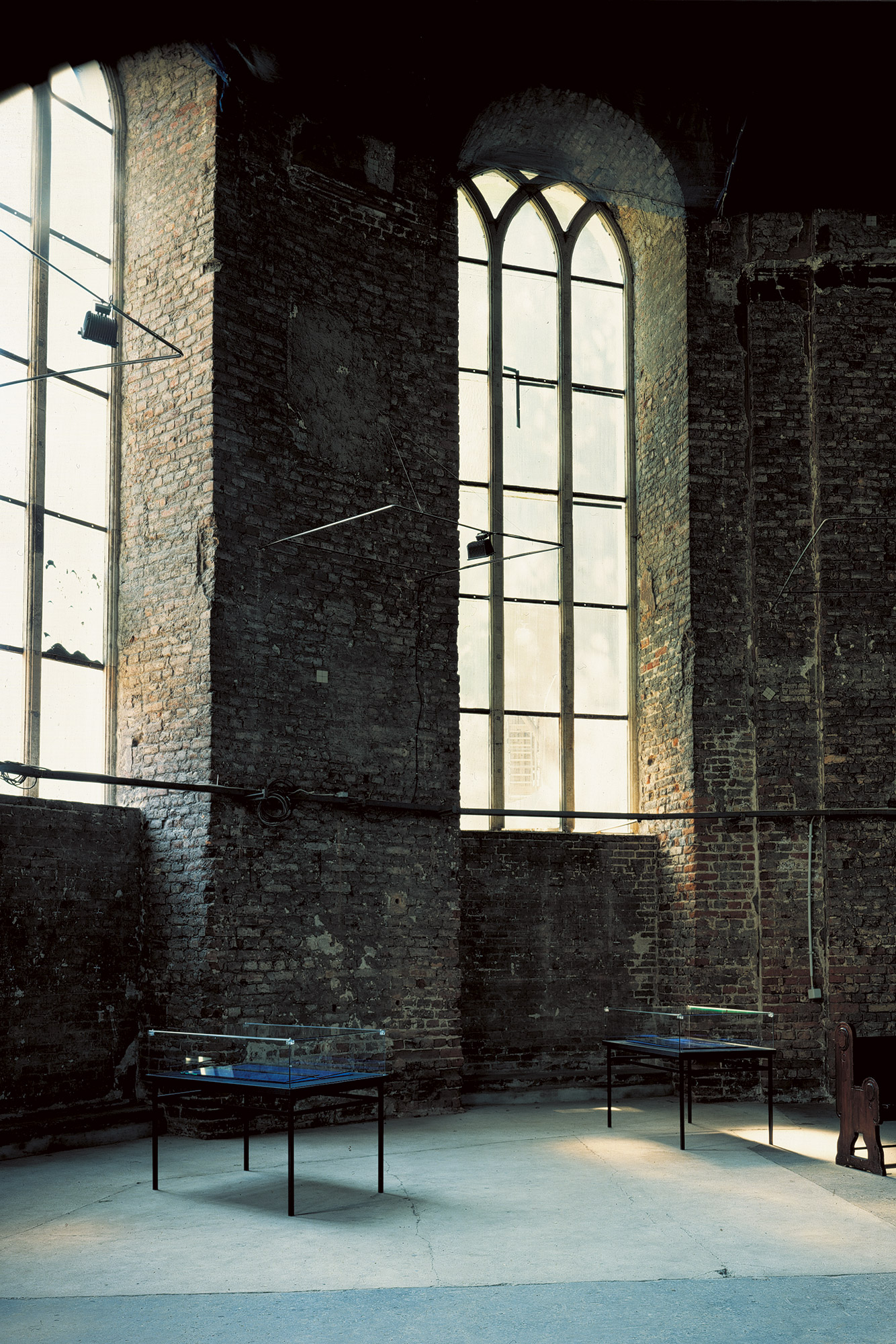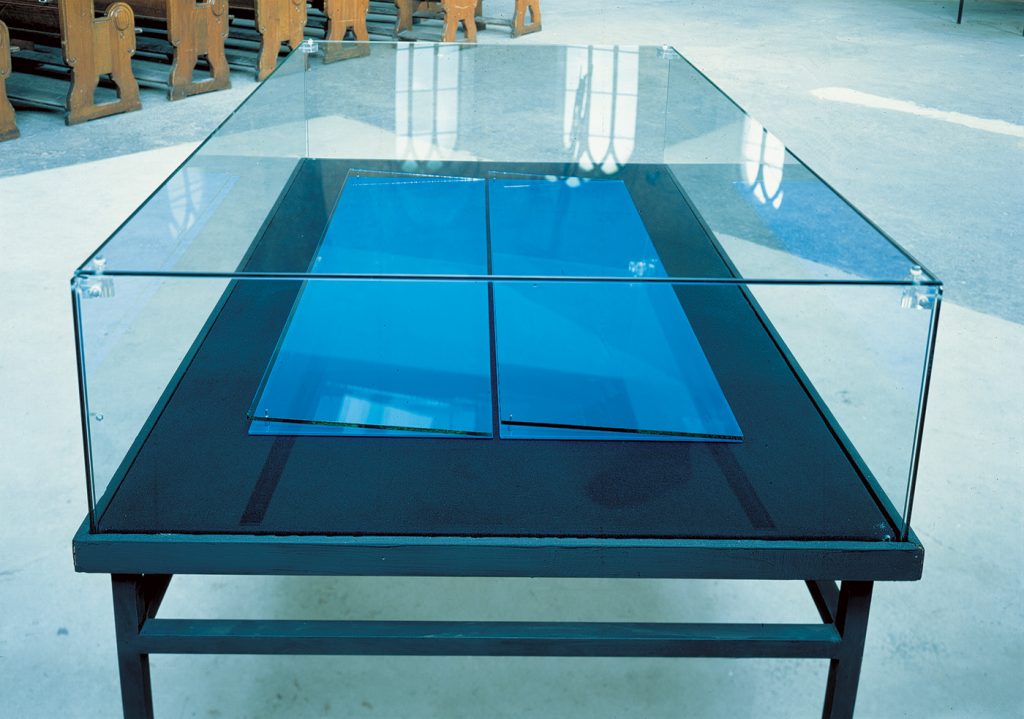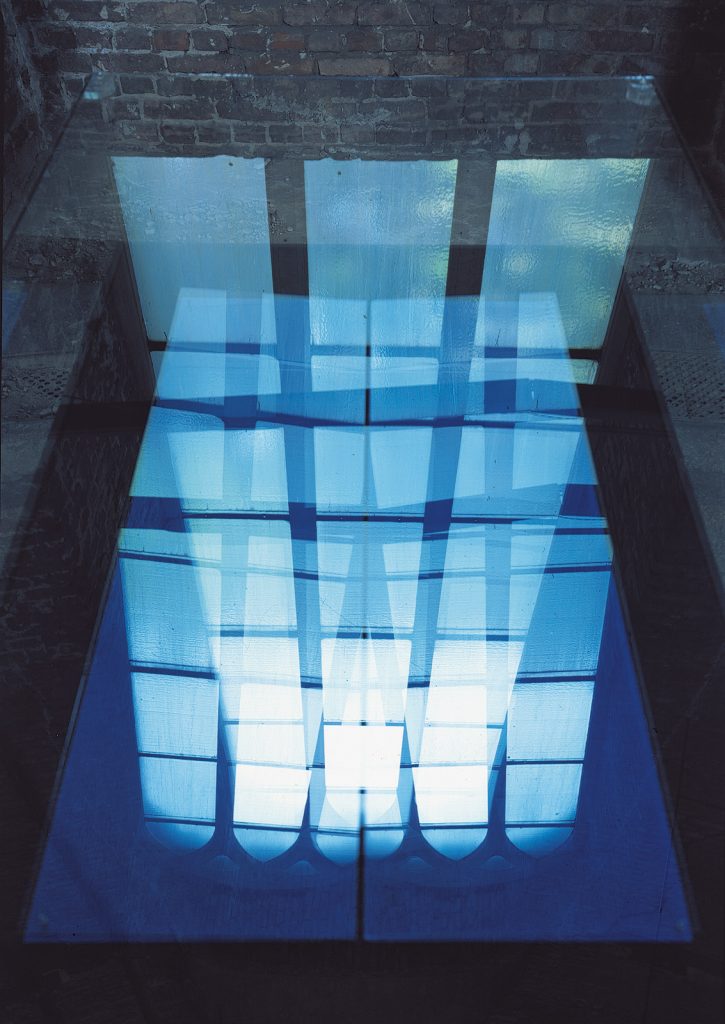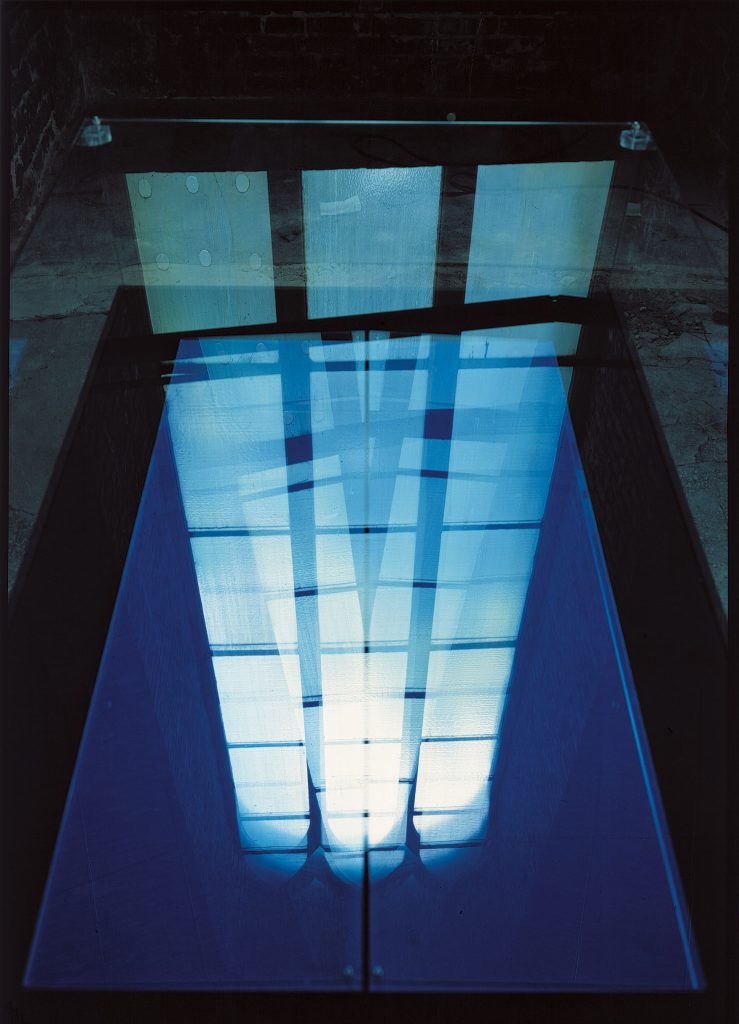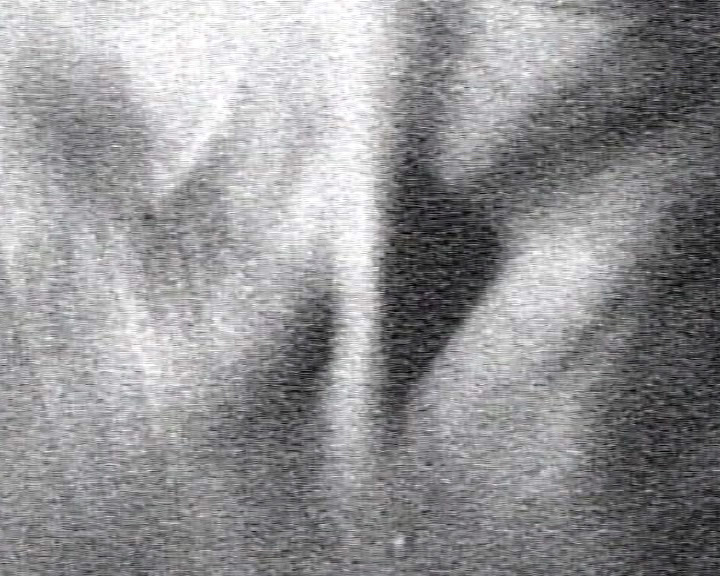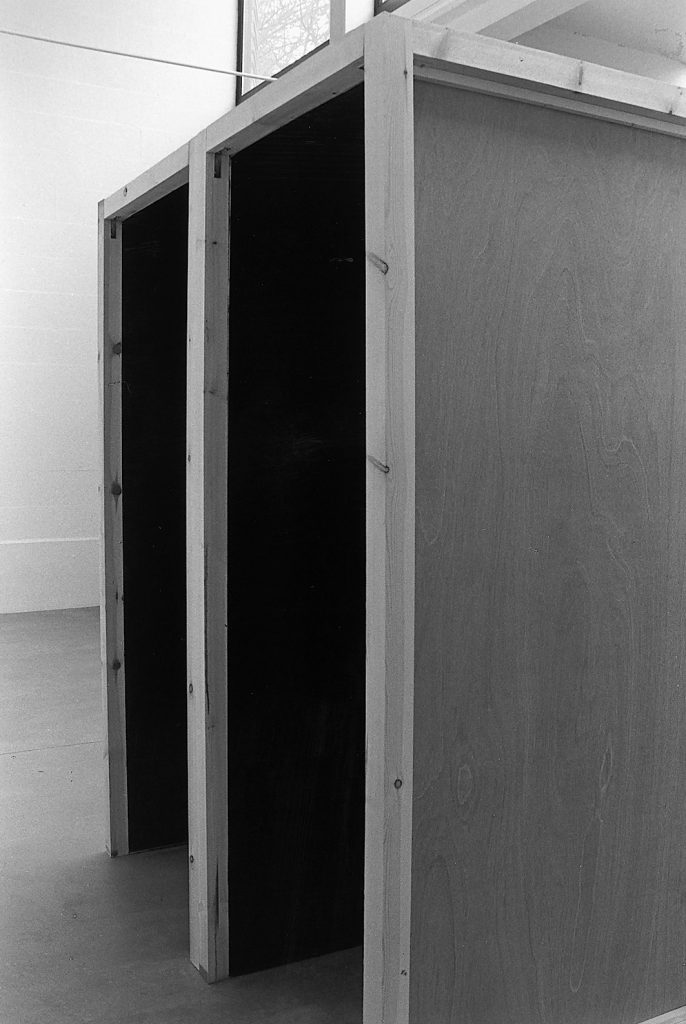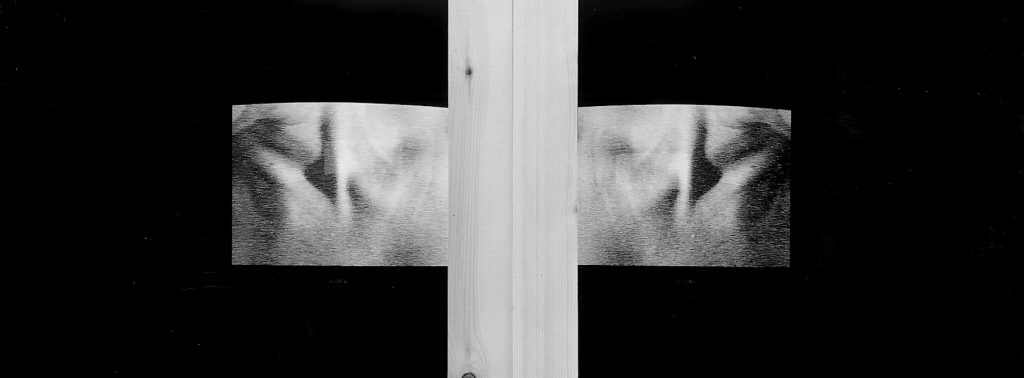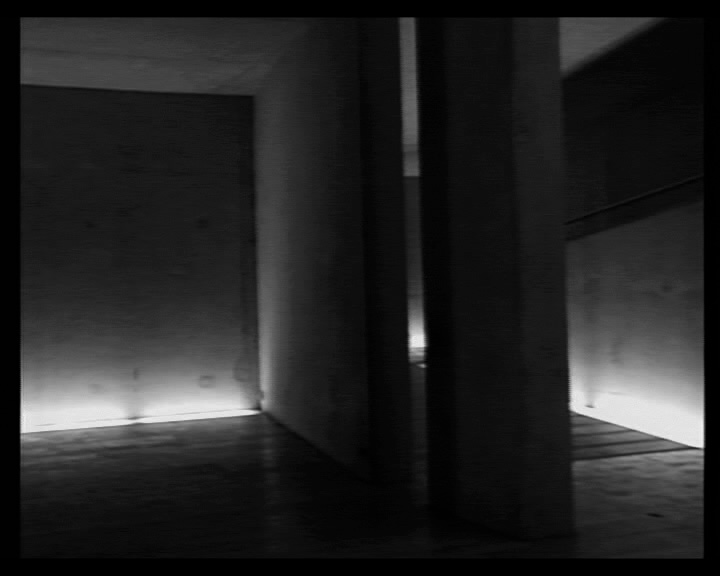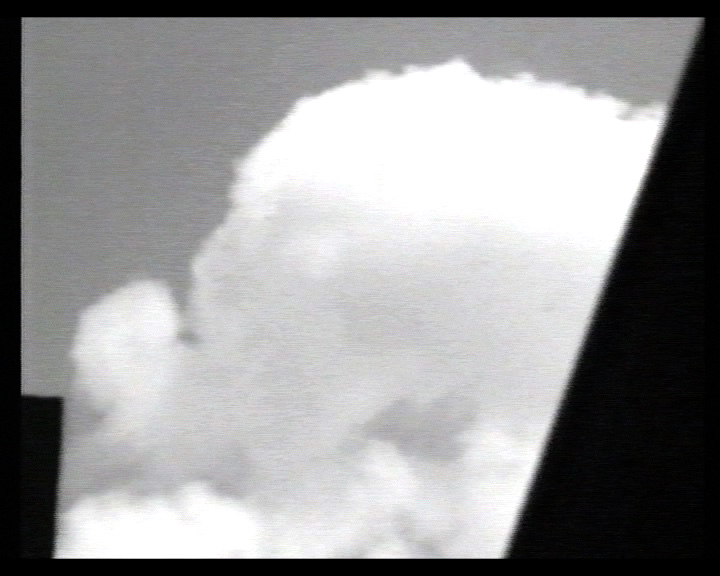blauäugig
1994/95, 2 parts, each 15’ colour, dv
première: CC Scharpoord Knokke, Belgium 1995
Multimedia
Antique sculptures photographed in Berlin’s Pergamon museum. These photos became the „raw material” for various media combinations: a photographic installation, as well as a slide projection and a video work.
blauäugig
… back/repeat: The possibility that the human figure could enter in Thomaes’ work was never excluded. This role was always filled by the observer of her work who, in a 1:1 ratio, could find himself reflected in the sculptures and installations. In the works dealing with room space as well, it is the visitor’s living, moving body which produces reflections or silhouettes in the light. On the level of image creation, it is in the first place the photography of sculpture that offers a primary, static – and twice reproduced, therefore mediated – picture of the human being. In Berlin’s Pergamon museum Monique Thomaes photographed antique sculptures. These photos became – as is characteristic for her method of procedure – the “raw materials” for various media defamiliarizations and combinations. For the installation “Blauäugig” (1995), she transformed her initial working material into photographic details, actual reflections as well as video films and slide projections. From these documents of anonymous sculptures, she deleted the eyes and the area about them – a motive similar to that used later in the video “Couchée”. Thus the eyes of the stony figures are blank; they do not offer an observant glance, but rather its omission. The eyes of the photograph are shadowed zones. In the center of the picture is, nevertheless, the distance between the eyes, that point between the eyebrows which leads to the forehead and which, in the condition of tension-filled concentra-tion, forms into wrinkles. It is that imaginary point where an exchange of the senses between interior and exterior, between vision and cognition, becomes focused, and where projections from interior and exterior images intersect. This point gives hardly anything away visually and it is considerably less attractive than the eyes; for one intuitively searches for eye contact with one’s peer even if that peer is a centuries-old sculpture in photographic reproduction. First comes an intimate jolt caused by confrontation with the set-back eye cavities and absent eye contact of the sculpture which thereby forces one’s glance to wander to the forehead, a surface formed by light and thereby giving it only a small degree of depth. Like a blind mirror this image throws back the observer’s intruding stare, tossing it back behind his forehead. Vision meets the visionless. A short-circuit, a silent implosion. The body as a sculpted, objective given have sought refuge in the work of Monique Thomaes. It has retreated back to the level of its representation, the image, and has revealed itself as a doubtful witness of its very self. Doubts are existentially connected with symbolization. The possibilities of manipulation offered by the procedures in technical image making, allow Thomaes, on the most diversified levels of visual presentation, to manifest these doubts (both self and media reflexive) in a visual form.

